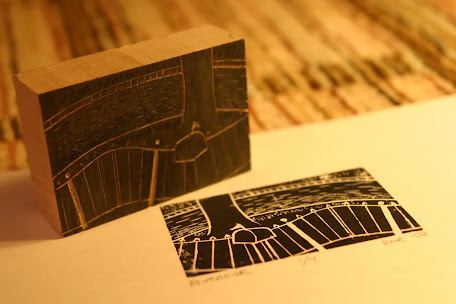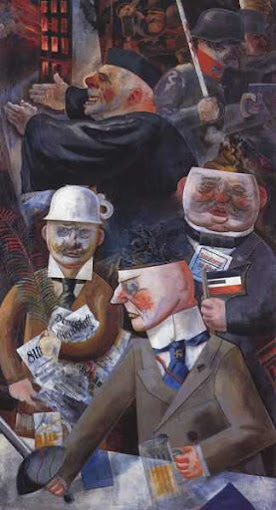Non Western - Ukiyo-e

Ukiyo-e Ukiyo-e is a type of Japanese art, and the ones we are looking at today are made from blocks of wood. When making a piece like this, the drawing is done first on paper, and is then used as an outline to chisel away at a block of wood where it is then painted. This is an interesting technique, and it basically makes the wood a stamp. The Ukiyo-e movement went on from the 17th - 19th century in Japan and while it had a lot of diversity, there are similar characteristics in a lot of the work. I will be showcasing three artists and one woodblock print from each one. Small woodblock print The fist artist we will look at is Utagawa Hiroshige and the work titled Meguro From Bridge and Sunset Hill, No. 111 from One Hundred Famous Views of Edo. This was made in 1857, and was showing a place in what's now known as Meguro City. Meguro From Bridge and Sunset Hill As you can see, the work isn't anything too s...

